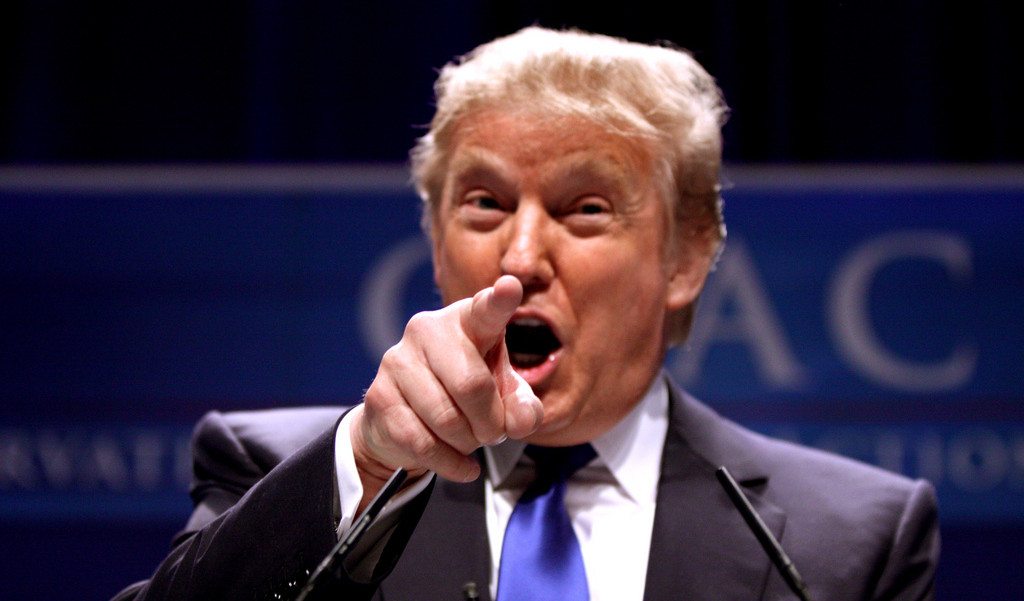All change on climate change: America’s environmental future under Trump
So the unthinkable happened, and now the President-Elect of the United States is a man who, back in 2012, stated that global warming is a concept “created by and for the Chinese in order to make U.S. manufacturing non-competitive”. But what does it actually mean that Trump now has his hands on the climate change policy of the second biggest polluter in the world?
For the most part, America’s pre-existing renewable energy will be safe. The country’s wind, solar and hydroelectric power is already well-established, meaning that it is able to run economically and provide jobs for American workers in some key Republican states. Trump is unlikely to look to lose money while alienating core voters at the same time, so these energy sources will continue to provide for the foreseeable future.
Trump is unlikely to look to lose money while alienating core voters at the same time
In fact, in terms of existing U.S. energy production, it would seem that Trump is happy to opt for a fairly all-inclusive approach. Despite an air of favouritism towards a struggling and dirty coal industry, from which he plans to remove emissions regulations by scrapping Obama’s Clean Power Plan, Trump appears to see the value of a variety of renewable and non-renewable energy sources.

Trump actually lost to Clinton in the popular vote, but won on electoral college votes. Image: Gage Skidmore / Wikimedia Commons
The real issue here stems not from how Trump plans to source the United States’ energy, but how he is prepared to deal with the country’s emissions as a whole. The Clean Power Bill that Trump is so keen to abandon is at the heart of the Obama administration’s commitment to the Paris Agreement, a UN bill that came into effect just last week. The Agreement, which holds among its primary aims a commitment to keeping global temperature rise below 2°C, has been slammed by the leader of Trump’s Environmental Protection Agency Transition team as “unconstitutional”, an indictment unlikely to garner it much attention on American soil over the next four years.
While Trump’s wilful ignorance of the damage heavy industry can do to the environment is of course worrying, the longer-term impact of his presidency is likely to be dictated by his approach to new environmental technologies. Burgeoning renewable energy sources are likely to receive little support if they aren’t rapidly seen to be cost-effective, and environmental R&D will take a double hit as budgets are cut and academics move elsewhere to avoid working under politicians who actively deny the need for their branch of expertise.
[The Paris Agreement] has been slammed by the leader of Trump’s Environmental Protection Agency Transition team
The damage Trump’s presidency is likely to do to the environment, even if he were to only serve one term, is catastrophic. Carbon emissions are only one small aspect of his desire to completely undo decades of work designed to reduce America’s impact on world output: more land is likely to be torn up in the search for fossil fuels; more waterways polluted as run-off regulations are done away with. But if Trump really takes his foot off the brake pedal in the manner he’s been threatening for months, don’t expect developing, rapidly industrialising countries to take up the slack. It’s extremely difficult to put a figure on the long-term environmental impact of this result on American soil, but the real damage could come if other administrations decide to follow suit.

Comments